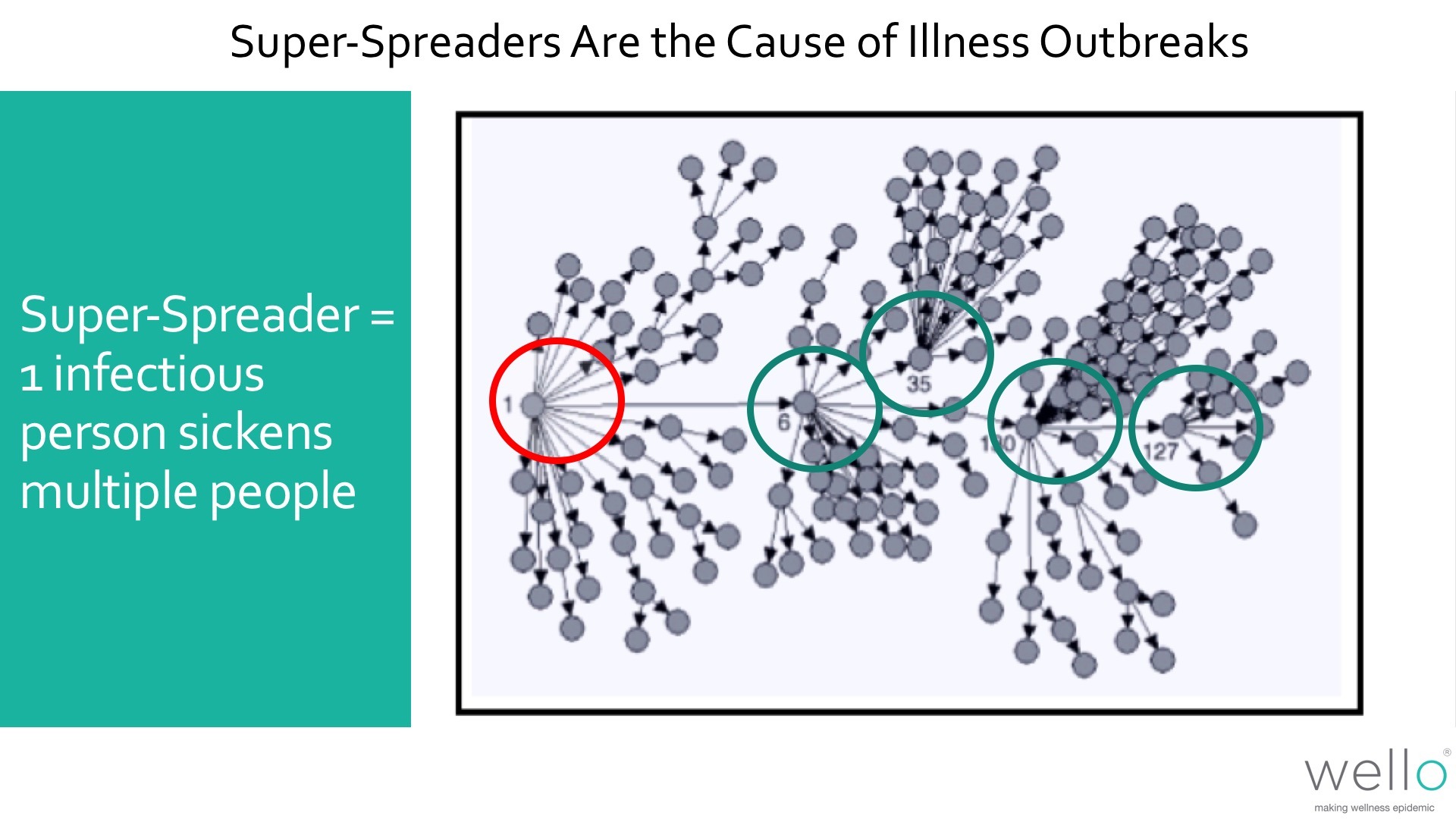To help you stay on top of influenza and influenza like illnesses in Texas, we will be posting regularly about the case pace to help defend and defending your hospital, long-term-care or educational organization against the spread of these deadly and highly contagious illnesses.
First, let’s review how the CDC and WHO define the wide variety of influenza strains active in our communities:
“There are four types of influenza viruses: A, B, C and D. Human influenza A and B viruses cause seasonal epidemics of disease almost every winter in the United States. The emergence of a new and very different influenza A virus to infect people can cause an influenza pandemic. Influenza type C infections generally cause a mild respiratory illness and are not thought to cause epidemics. Influenza D viruses primarily affect cattle and are not known to infect or cause illness in people.”
What the new quadrivalent influenza vaccine DOES protect against?
Due to the release of the new quadrivalent influenza vaccine, now protects against many of these strains of the virus, however, the CDC goes on to clarify what the flu shot does NOT protect against.
“Influenza A (H1N1), A (H3N2), and one or two influenza B viruses (depending on the vaccine) are included in each year’s influenza vaccine.
Where does the quadrivalent influenza vaccine does NOT protect against?
The seasonal flu vaccine does not protect against influenza C viruses. Additionally, flu vaccines will NOT protect against infection and illness caused by other viruses that also can cause influenza-like symptoms. There are many other non-flu viruses that can result in influenza-like illness (ILI) that spread during flu season.
According to the Texas Health and Human Services Department noted the 2017-2018 influenza season began on October 1, 2017. Since that time the department’s surveillance of reported influenza activity has varied week to week.
Influenza Like Illness (ILI) Cases for the week of November 13-17, 2017 in Texas
How To Defend Against Influenza Spread As “Flu Season” Charges On
To defend against future influenza contagion spikes, it is important to understand when persons are contagious and for how long after a diagnosis.
Again, the CDC warns us to be cautious before and after we “feel sick” with the most contagious days being “up to 5 to 7 days after becoming sick. Children may pass the virus for longer than 7 days. Symptoms start 1 to 4 days after the virus enters the body. That means that you may be able to pass on the flu to someone else before you know you are sick, as well as while you are sick. Some people can be infected with the flu virus but have no symptoms. During this time, those persons may still spread the virus to others.”
To detect sub-acute temperatures of those who are visiting patients or residents, in the case of long-term-care facilities, we recommend preventing infection by using the hands-free welloStation to scan visitors and vendors for fever. This approach prevents contagious persons from spreading pathogens still active in the body.
Additionally following standard sensitization practices also improves controlling the spread of infection, but it does not prevent it. The welloStation truly is the only prevention solution capable of stopping influenza and influenza like illness spread.
If you’re ready to see how welloStation could help your organization, simply fill out this demonstration request form.
Stay safe and I encourage you to stay tuned as we keep you up to date on influenza stats and prevention this “flu season.”
Resources:

